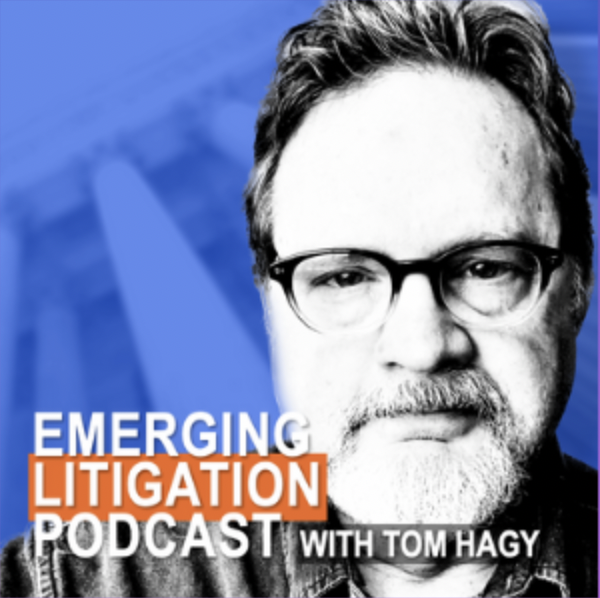AI tool that summarizes evidence from cracked phones wades into uncharted constitutional waters
By: Justin Ward
The Fourth Amendment does not permit law enforcement to rummage through data, but only to review information for which there is probable cause.
— Jennifer Granick, ACLU
Civil rights organizations are sounding the alarm over a newly released platform that leverages generative AI to analyze large volumes of data from confiscated phones and sniff out traces of criminal activity. While evidence obtained using this brand-new technology has yet to be challenged, watchdogs argue the software violates Fourth Amendment protections against illegal search and seizure.
In early February, Israeli digital forensics company Cellebrite announced that it would add generative AI to its Guardian evidence-management platform. Guardian complements the primary service Cellebrite offers to police: the ability to unlock and decrypt cell phones. Cellebrite bills generative AI as a time-saving feature that will help detectives suss out useful information from gigabytes of data by analyzing browser histories, summarizing chat threads, and evaluating relationships with contacts. In their press release, the company cites the example of a pilot program in a small Pennsylvania town that allegedly used the software to delve into data on a package thief’s cell phone and connect him to an “international organized crime ring.”
However, American Civil Liberties Union attorney Jennifer Granick notes that using artificial intelligence to scan an entire phone this way flies in the face of how some courts have ruled on cell phone searches.“The Fourth Amendment does not permit law enforcement to rummage through data, but only to review information for which there is probable cause,” said Granick, who works for ACLU’s Speech, Privacy, and Technology Project. Referencing the case cited in Cellebrite’s press release, she added that “if you have some porch robberies, but no reason to suspect that they are part of a criminal ring, you are not allowed to fish through the data on a hunch, in the hopes of finding something, or ‘just in case.’”
Courts have long upheld that cell phones should be treated differently under the Fourth Amendment than other forms of property. The Supreme Court ruled in Riley v. California that police must obtain a warrant to search a phone. However, that ruling did not establish a standard governing the scope of cell phone searches. As a result, how the Constitution is applied varies significantly across jurisdictions.
Some courts authorize warrants for police to search entire phones if there is probable cause that doing so will yield evidence of any crime. Others may limit searches to specific categories of information — such as call logs, text messages, images — or time periods. For example, in US v. Morton, the Fifth Circuit found that police had sufficient probable cause to search Morton’s contacts, call logs, and messages for evidence of drug trafficking but lacked enough evidence to root through the pictures on his phone and ultimately discover child sexual abuse materials.
Similarly, in Richardson v. Maryland, the Maryland Court of Appeals ruled that a warrant to search the entire contents of a teen’s cell phone was overly broad, arguing that “a search warrant for a cell phone must be specific enough so that the officers will only search for the items that are related to the probable cause that justifies the search in the first place.” So, while some courts limit its application, Cellebrite’s new tool will remain legal to use without restriction in many jurisdictions until the Supreme Court says otherwise.


